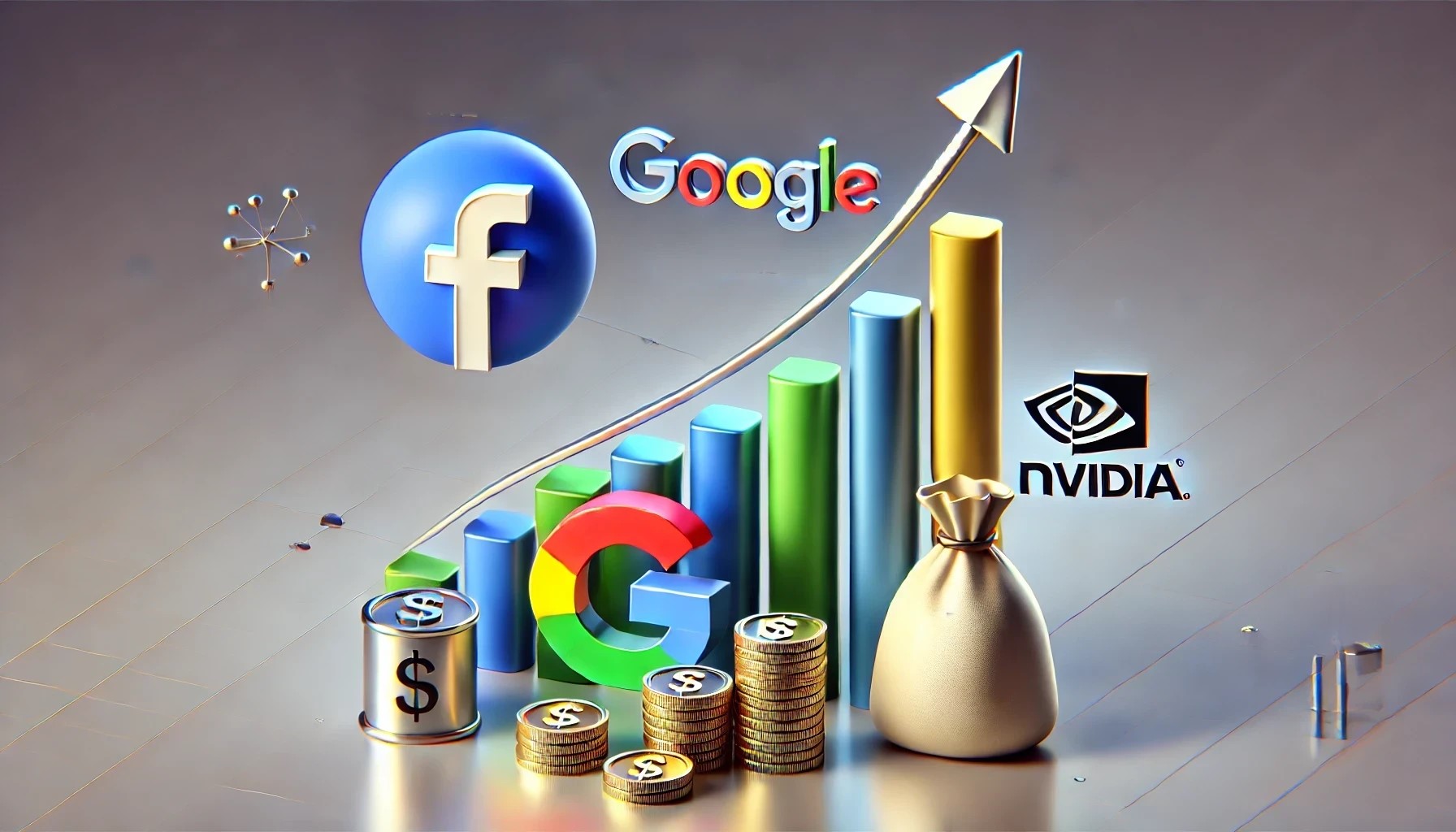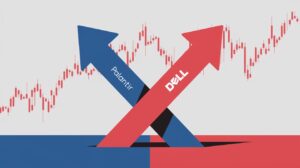Dividend payouts are no longer the domain of legacy companies or retirees’ portfolios—tech giants are entering the fray, merging growth with steady income. In recent months, Meta Platforms Inc. (META), Alphabet Inc. (GOOGL) (GOOG), and Salesforce Inc. (CRM) have begun distributing quarterly dividends, while Nvidia Corp. (NVDA) stunned the market with a 150% hike in its dividend. But why are these growth-focused companies making a shift toward dividend payments?
A Paradigm Shift in Tech Investment
Many investors have traditionally eyed tech stocks for their growth potential, often disregarding them from an income investment perspective. However, the emergence of dividends from tech behemoths has sparked debate. Are these payouts a red flag signaling that growth is slowing? Do they suggest management lacks compelling investment opportunities? And with many of these dividends offering low yields, do they even matter?
Kieran Kirwan, who manages the ProShares S&P Technology Aristocrats ETF (TDV), alongside other experts in dividend investing, argues that these concerns are overblown. Let’s debunk three common myths about tech dividends.
Myth 1: Dividends Mean the End of Growth
One argument goes that true growth companies shouldn’t pay dividends, and indeed, companies that do so have underperformed over recent years. Yet this perspective overlooks the potential for long-term returns.
“Meta and Google initiating dividends suggest they’re reaching a maturity point, but that doesn’t mean growth is over,” says Randy Hare, Director of Research at Huntington National Bank, which holds several dividend-paying tech stocks. “It’s a gradual transition, not an overnight change.”
Consider Microsoft Corp. (MSFT) and Apple Inc. (AAPL), which launched dividends in 2003 and 2012, respectively. Despite paying dividends, Microsoft has generated an annualized return of 16% since 2003, well above the S&P 500’s 10.8%. Apple has done even better, with an annualized return of 23.2% since 2012, versus 14.6% for the S&P 500.
“Paying dividends doesn’t preclude growth,” argues John Buckingham of The Prudent Speculator. “It’s a balanced approach—companies can reward shareholders while still investing for growth.”
Historically, dividend-paying stocks have outperformed their non-dividend counterparts. From 1927 to 2023, dividend-paying U.S. stocks delivered annualized gains of 10.3%, compared to 8.7% for non-dividend stocks and 9.7% for the overall market, with lower volatility, according to Morningstar. The data underscores that dividends often come from stable, established companies with committed shareholder bases.
Myth 2: Dividends Signal Poor Capital Management
Another concern is that dividends reflect a failure of management to deploy capital effectively for higher returns. However, giving money back to shareholders can instill financial discipline and prevent wasteful spending.
Apple’s venture into autonomous driving, which ultimately bore no fruit, serves as a cautionary tale. “They invested heavily in autonomous driving with little to show for it,” says Hare. “Returning capital to shareholders through dividends can prevent such misallocations.”
Meta’s ambitious investments in the metaverse have yet to deliver returns. In this context, committing to a dividend can provide a safety net and encourage more disciplined spending.
Myth 3: Low Yields Mean Dividends Are Irrelevant
While Meta, Alphabet, and Salesforce have initiated dividends with yields below 1%, context is crucial. The Morningstar U.S. Market Index yield recently hovered below 1.5%, meaning these tech dividends aren’t so far behind. Plus, three critical factors suggest that dividends are more meaningful than they might seem at first glance.
Firstly, as growth-oriented companies, these tech firms are likely to raise their dividends over time. Secondly, the decision to start a dividend often signals confidence in a company’s future. “Initiating a dividend is a strong message that the company sees a bright future,” says Kirwan. Cutting a dividend, on the other hand, could trigger investor concerns and selling pressure.
Finally, dividends might be more attractive than stock buybacks. Although dividends are taxed, they appeal to a wider investor base, argues Will Muggia, CEO of Westfield Capital Management. He also points out that companies often misjudge buybacks, leading to value destruction. “Poorly timed stock buybacks have wiped out a lot of value for many tech companies,” he says.
Top Picks for Dividend-Paying Tech Stocks
For investors looking to blend growth with income, several tech companies stand out. Kirwan focuses on reliable dividend growers for his ProShares S&P Technology Dividend Aristocrats ETF (TDV), including Jack Henry & Associates Inc. (JKHY) and Badger Meter Inc. (BMI), both of which have long histories of annual dividend increases.
Broadcom Inc. (AVGO), a key player in AI and a consistent revenue grower, has seen its dividend grow by an annualized 21% over the past five years and offers a yield of 1.37%.
Hare at Huntington Private Bank recommends Microsoft, Broadcom, IBM Corp. (IBM), and Qualcomm Inc. (QCOM), which continues to expand its footprint beyond smartphones. Muggia highlights Meta, Microsoft, and SAP (SAP) as solid dividend plays benefiting from AI and cloud migration.
John Buckingham favors Qualcomm, Corning Inc. (GLW), Hewlett Packard Enterprise Co. (HPE), and Seagate Technology Holdings (STX) for investors seeking tech stocks with dividend appeal.
Conclusion: A New Era for Tech Stocks
Dividend-paying tech stocks are proving that income and growth are not mutually exclusive. The diversification benefits of these stocks, alongside the potential for sustained income growth, make them compelling choices for investors looking to balance risk and reward in an evolving market landscape. As these tech giants mature, they offer not just growth potential but also the prospect of steady returns, broadening their appeal to a wider range of investors.





